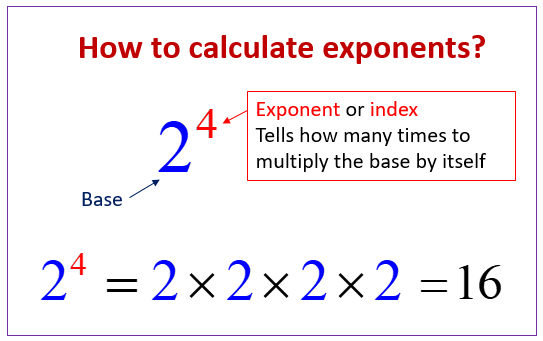This blog notes down all key concepts and rules to remember to be able to infer and use for GMAT exponents problems. Many GMAT Data Sufficiency problems will need the know-how of the rules so we can infer if sufficient information is available or not. These exponents GMAT questions should be straightforward once we know all the exponents rules!
GMAT Exponents Properties
- Square Root: The solution of the square root of a number is always positive. e.g. sqrt(25) is always 5 and not +/- 5. This is in contrast to the solution of x^2 = 25. The solution for x is +/- 5.
- Product Rule: When you multiply two numbers with same and different/same exponent. The product of the numbers will be output with the same base and the exponent will be the sum of the two.
- (2^a)*(2^b) = 2^(a+b)
- Power Rule: When you raise a base to a power a. Then further raise it to a power b. The output can be written as a base (x^a)^b = x^(a*b)
These are broadly the 3 points used within GMAT Exponents.
Exponents in Factorials
To find the exponent of a prime p in n!, use the formula:
- Example: The exponent of 2 in 12! is ⌊12/2⌋+⌊12/4⌋+⌊12/8⌋ = 6+3+1 = 10
This is useful when you want to find decompose a factorial into into it’s prime numbers and their powers! There are fair bit of questions around this
Sample Questions

Answer
To determine the greatest possible value of p, we need to find the number of times 2 appears in the prime factorisation of 500! and 200!. This is equivalent to finding the number of times 2 appears in 500! minus the number of times 2 appears in 200!
- Number of times 2 appears in 500!: Calculating each term:
- Number of times 2 appears in 200!: Calculating each term:
- Greatest possible value of p is the difference in the powers between 500! and 200!
The correct answer is (B) 297.

